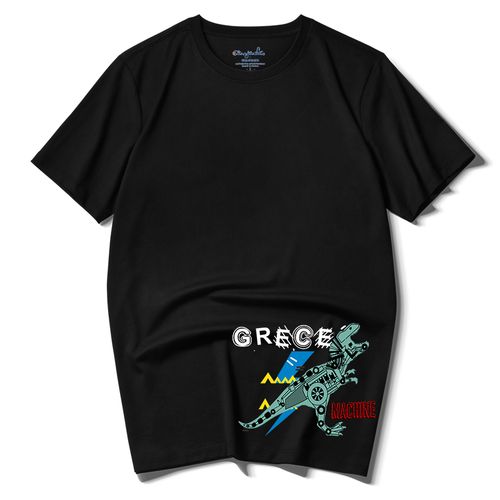The clothing production process includes the following main links:
1. Design and development stage: This stage starts with clothing design, including design Designer’s creativity, graphic design and sample production. Designers convert sketches into patterns and choose fabrics, accessories and styles. The sample department then makes clothing samples according to the designer’s requirements, and makes modifications and improvements until the requirements are met.
2. Purchase fabrics and accessories: After determining the style and fabric selection during the design stage, you need to communicate with suppliers and purchase appropriate fabrics. and other excipients. This includes assessing quality, color and quantity, and negotiating details such as price and delivery dates with suppliers.
3. Fabric preparation and cutting: Once the fabric and accessories are in place, fabric pre-processing such as washing, ironing and inspection is required. Then, according to the size and style of the clothes, cuts are made on the fabric to get various parts of the clothes, such as the front and back body, sleeves and pockets, etc.
4. Sewing and assembly: After cutting is completed, each part of the garment is sent to the sewing workshop. In the sewing workshop, various parts are sewn according to the requirements of the design drawings through various sewing machines. This includes stitching, trimming, zipper installation, button fastening, and other details. Finally, the overall garment is completed by assembling all the sewn parts.
5. Quality inspection: After sewing and assembly are completed, quality inspection is required to ensure that the quality of each piece of clothing meets the required standards. This includes checking whether the sewing thread is strong, the buttons are secure, the dimensions are accurate, etc.
6. Ironing and finishing: After the clothes have been sewn and quality inspected, they need to be ironed and finished to ensure a neat appearance. This includes steps such as ironing, steaming, wrinkle removal and placement.
7. Packaging and Delivery: Finally, the completed garments are packed according to the order requirements and prepared for shipment or distribution to retailers or direct sales channels. The packaging can be customized according to the buyer’s needs and equipped with hang tags, marks, packaging bags, etc.
In short, the clothing production process covers design and development, fabric selection, cutting, sewing and assembly, quality inspection and final ironing and packaging. . Different factories and brands may fine-tune and adjust to their own needs and standards, but the overall process is similar.






